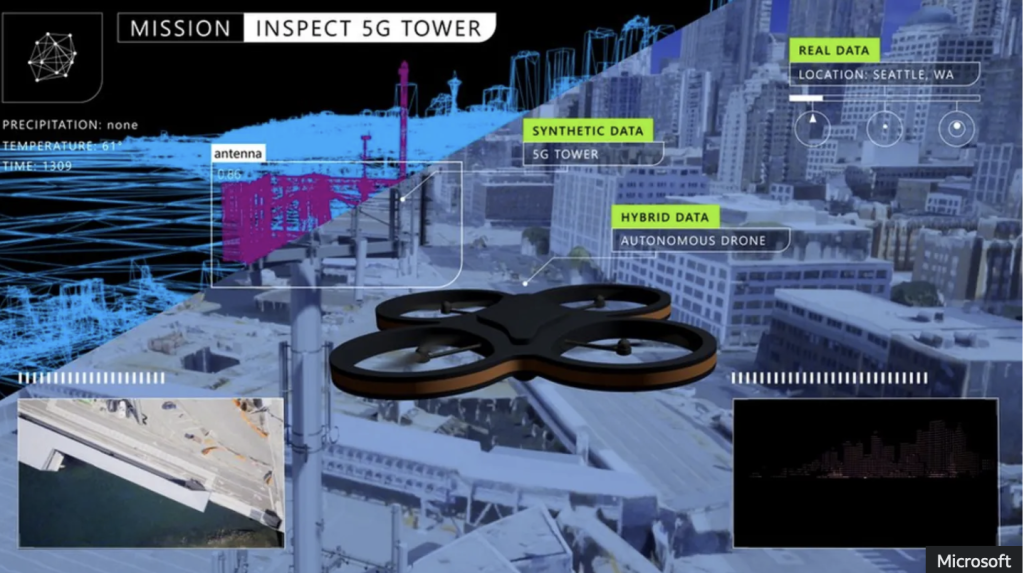Project AirSim functions as a drone flight simulator enabling companies to develop and refine software for autonomous aircraft. It facilitates test flights in challenging environments like near power lines, where real-world trials would be too risky. Microsoft highlights that the platform can simulate millions of flights in seconds, allowing companies to virtually assess factors like flight performance in rain and the impact of strong winds on battery life.
Gurdeep Pall of Microsoft emphasized in a statement that Project AirSim showcases the potential of the industrial metaverse—a virtual realm where businesses innovate, test, and perfect solutions before implementing them in reality. The technology is envisioned to train AI systems for a range of autonomous air vehicles, from air taxis to delivery drones.
Project AirSim has evolved from its roots as an open-source project widely used by researchers. Recently, Microsoft announced its decision to retire the original open-source version, though users will still have access to its code, which will be archived. Instead, Microsoft is focusing on its new proprietary platform, which boasts enhanced out-of-the-box features and requires less technical expertise to operate. Despite these advancements, Microsoft emphasizes its commitment to offering a free option and plans to share more details closer to the general release date.
Running on Microsoft’s Azure cloud computing platform, Project AirSim has already provided early access to firms like Airtonomy, a US company specializing in infrastructure inspection using drones. According to Airtonomy CEO Josh Riedy, their drones now autonomously inspect infrastructure like wind turbines and power lines, a task previously requiring a three-person crew to rappel down towers up to 80 meters tall. Riedy notes that with Project AirSim, drones can now operate with minimal ground personnel, who only need basic operational skills.
The virtual environment of Project AirSim is crucial for developing flight routines and testing scenarios that would be risky or impractical in real-world settings. Riedy highlights the advantage of simulating critical infrastructure scenarios to refine operations and handle potential mistakes safely. This capability allows developers to explore hypothetical situations, such as obscured drone vision, without endangering real-world assets.
Microsoft envisions broader applications for Project AirSim, including its potential use by civil aviation regulators to evaluate drone performance under extreme conditions like heavy rain or loss of positioning data.
In addition to offering libraries of digital environments, developers will also have access to pre-trained AI “building blocks” on the new platform. Microsoft aims to lower the technical barriers for developing systems by providing these resources.
Ashish Kapoor, the creator of the original open-source AirSim, expressed optimism in a statement about the potential impact of the new platform. He hopes that the data gathered through it will enable a significant increase in the deployment of aerial vehicles. This deployment could facilitate tasks such as monitoring farms, inspecting critical infrastructure, and transporting goods and people to remote locations.

COMMENTS